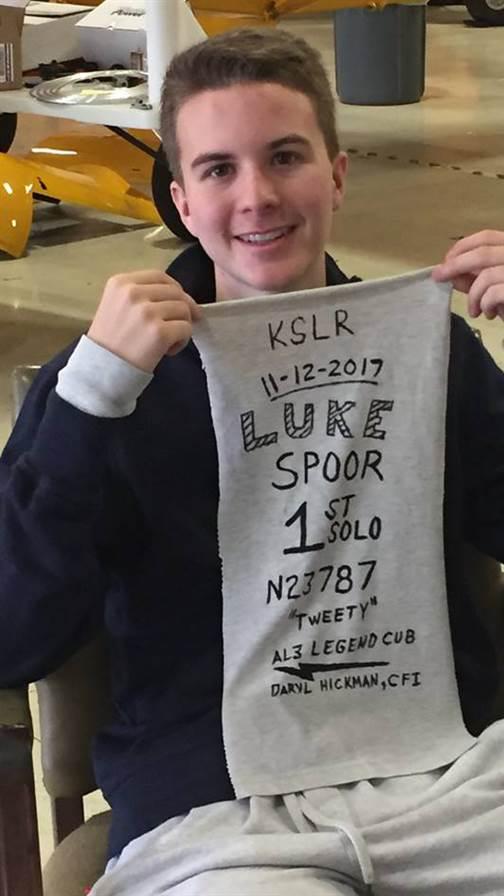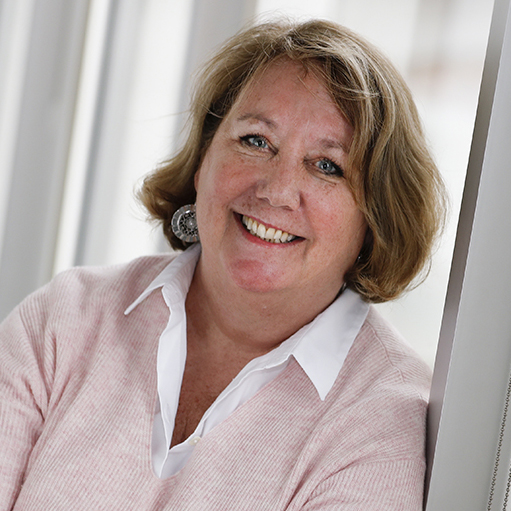People
KidsFlyCubs.org
Legend Cub pilot helping kids to fly
When Daryl Hickman learned that half of a 64-student school in Oregon were members of an aviation club without an aircraft, he and his corporate pilot buddies went to the school and offered flights to the kids. That set the Legend Cub pilot’s brain and heart in motion.

 Hickman approached American Legend Cub President Darin Hart and suggested Kids Fly Cubs, his idea to teach 16- and 17-year-olds how to fly in a Cub. “Shouldn’t everyone learn to fly in a Cub?” Hickman proposed.
Hickman approached American Legend Cub President Darin Hart and suggested Kids Fly Cubs, his idea to teach 16- and 17-year-olds how to fly in a Cub. “Shouldn’t everyone learn to fly in a Cub?” Hickman proposed.
Hart agreed. After all, when he’d started American Legend Cub Aircraft Company in 2004 it was to keep the legend of the J–3 Cub alive. “American Legend was founded expressly to develop a Light Sport-certified version of the venerable Piper Cub airplane,” the company website says. “These beloved aircraft are so pure in their design and so honest in their handling that something must be done to keep them flying.”
Hart offered Hickman Tweety, the first modern copy of the Piper J–3 Cub produced by American Legend to use for instruction. And then he went one step further and offered his stepson, Luke Spoor, as the first student. Spoor soloed on his sixteenth birthday in Tweety and is the first graduate of KidsFlyCubs.org.
“I love this airplane. It just takes off so quick,” said Spoor. “My solo was great. My first landing was the best I ever had.”
Hickman will incorporate AOPA’s You Can Fly high school curriculum in his training. He’s contacting teachers throughout Florida and south Georgia; the organization is based in Flagler Beach, Florida.
“This is stick-and-rudder flying; it’s the quintessential trainer,” said Hickman. “Everyone can relate to the Cub. It’s fun to fly. If you can fly this airplane, you can fly any airplane.”
Web: KidsFlyCubs.org
The Mercury 13
‘I could have done anything they did’
Little-known stories from America in the 1960s continue to emerge and find their way into movies and television shows. Now it’s the story of the 13 women who were a part of a NASA program and who underwent the same testing as their male counterparts only to be denied the chance to travel in space. The Netflix original movie Mercury 13 premiered April 20. It tells the story of the 13 women who endured rigorous testing and dreams of becoming astronauts—only to be eclipsed by the “man in space” program that gave the opportunity for space travel only to men. Women were screened as thoroughly as men and 13 passed. But their existence—and their stories—were kept secret for many years.
Dr. William Randolph Lovelace III, a flight surgeon and NASA advisor, invited aviator Geraldyn “Jerrie” Cobb to test for the space program in a regimen he helped develop for the original U.S. astronauts—the men known as the Mercury 7. Cobb passed, and Lovelace announced the results in 1960, recruiting more women to undertake the testing program. In 1961, 25 women volunteered to undergo testing and were evaluated in Lovelace’s clinic in New Mexico. The 13 women who passed then went on to further testing at the naval aviation center in Pensacola, Florida, and were called the “First Lady Astronaut Trainees” (FLATs). But the program was cancelled before the women could continue and although Cobb went to Washington, D.C., to testify on the benefits of the project, it was dismissed.
The Netflix documentary mixes actual footage with interviews of many of the surviving women. Aviator Jane Hart is shown answering questions about her family: “With eight children, you’d want to go to the moon, too,” she quips. And Mary Wallace “Wally” Funk, the first female safety investigator for the NTSB and one of the Mercury 13, is quoted saying about the men, “I could have done anything they did.”
The film acknowledges that it was these pioneering women who paved the way for Sally Ride to launch into orbit in 1983 and for Eileen Collins to become the first female space shuttle commander in 1999.
EMAIL [email protected]



